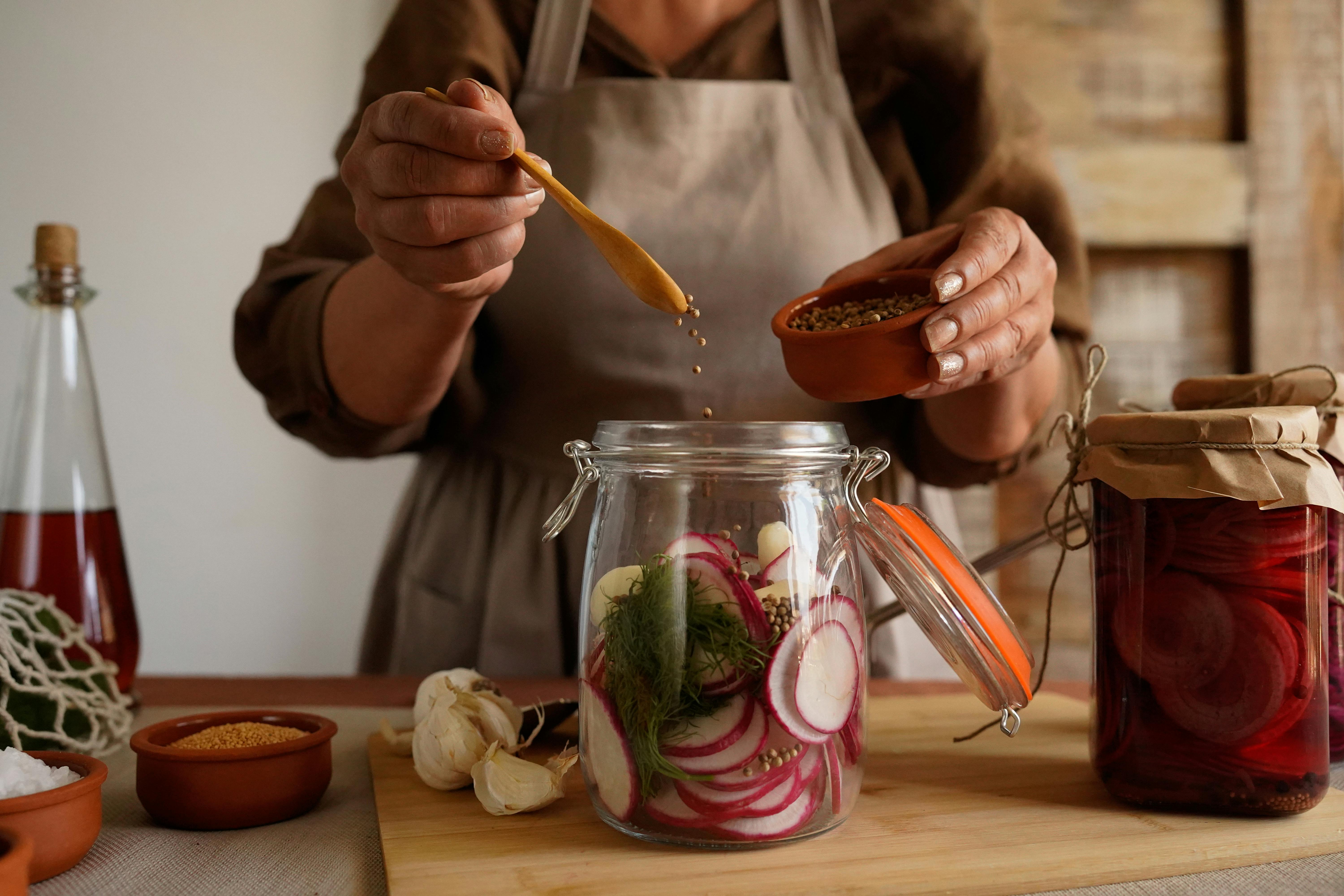Embarking on a Gastronomic Journey: The Rise of Culinary Tourism
In the ever-evolving world of travel, a new trend has emerged that combines the thrill of exploration with the love of food. Welcome to the delectable world of culinary tourism. This is more than just savouring local cuisine; it's about immersing oneself in the culture, traditions, and history behind the food. Let's embark on a gastronomic journey to learn more about this burgeoning trend.

Overview of Culinary Tourism
Culinary tourism, as an aspect of travel, is not new. However, in recent years, it has gained significant traction as food and travel enthusiasts seek more immersive and authentic experiences. This involves everything from street food tours and cooking classes to visiting local markets or dining at a Michelin-starred restaurant. It’s about understanding the story behind the food, the techniques used in preparation, and the cultural significance of the dishes one tastes.
The Current Trend
Today, culinary tourism is one of the fastest-growing segments in the travel industry. More travellers are defining their journeys by the local foods they eat and the culinary experiences they have. According to the World Food Travel Association, 93% of travellers have engaged in a food or beverage experience other than dining out. This shows that culinary tourism is not just a niche market but a significant and growing aspect of the wider travel industry.
The Lure of Culinary Tourism
What makes culinary tourism so appealing? For one, it offers a deeper cultural immersion. Food is a universal language, and through it, travellers can gain a deeper understanding of local traditions, history, and lifestyle. It also caters to the growing desire for unique, authentic experiences. Instead of merely visiting landmarks, culinary tourists get to taste the region’s soul. Lastly, culinary tourism appeals to the senses, creating memories that are more vivid and long-lasting.
The Impact on Travel
Culinary tourism has a profound impact on how people travel. It encourages sustainable practices, as many culinary tourists prefer local, organic produce and traditional cooking methods. It also influences travel planning, with food festivals, restaurant reservations, and cooking classes becoming key factors in deciding travel dates and destinations. Furthermore, culinary tourism boosts local economies by promoting local restaurants, farmers, and food producers.
The Challenges
Despite its many benefits, culinary tourism also poses challenges. The surge in demand can lead to overcrowding and over-tourism, jeopardizing the authenticity that culinary tourists seek. There’s also the risk of cultural exploitation, with local cuisines being simplified or altered to cater to foreign palates. Lastly, there are sustainability issues, from food waste generated by the industry to the environmental impact of transporting food ingredients.
Delectable Nuggets of Knowledge
- Asian countries like Japan, Thailand, and India are among the top destinations for culinary tourism due to their rich food culture.
- Farm-to-table dining is a popular trend in culinary tourism, promoting fresh, local, and sustainable produce.
- Wine tourism is a sub-category of culinary tourism, focusing on tasting, consuming, and learning about wine right at the source.
In conclusion, culinary tourism is more than a fleeting trend; it’s a testament to the evolving travel mindset that prioritizes immersive, authentic, and sensory experiences. As we continue to explore this delicious intersection of food and travel, let’s remember to do so responsibly, preserving and respecting the culinary traditions that make each destination uniquely delectable. Whether you’re a foodie or a seasoned traveller, culinary tourism offers a feast of experiences that are sure to enrich your travel adventures.




